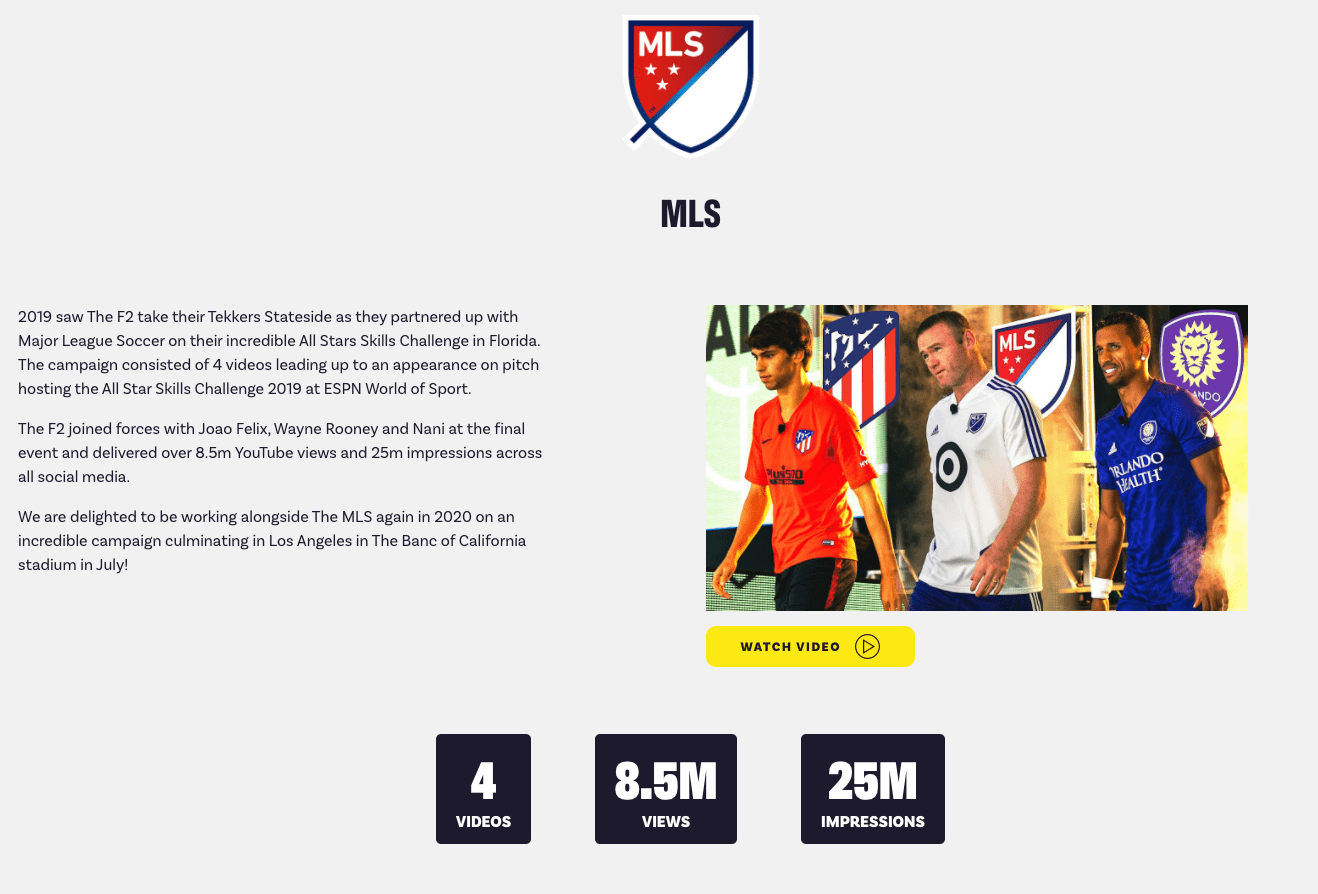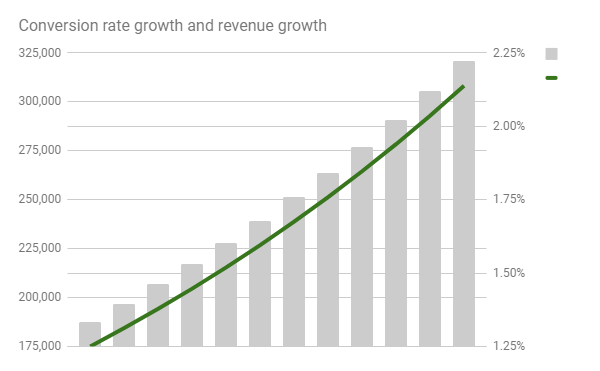
What is the buyer-funnel? How do you make it work? The buyer funnel is made up of several stages. Each stage presents its own challenges and opportunities. Understanding the stages can help you plan your funnel and measure the results of each step. These are some tips that will help you create a buyer funnel that works. These tips will help you convert customers into visitors. Additionally, track your ROI. These are the most important stages in the buyer's journey.
Stages of the buyer's journey
The buyer's journey has three stages. Each stage requires marketing material that is relevant to the buyer. The buyer first becomes aware of a problem. They research the issue. Once they have identified and resolved the issue, they decide whether or no to pursue a solution. The buyer will have provided useful data to help improve the relationship. If the buyer has purchased a heavy-duty machine they can send periodic emails to inform them about its maintenance schedule and customer service. They also may be made aware of additional products that are sold by the company.
Following the awareness stage comes the consideration phase. The buyer investigates the solution and becomes familiar with the problem. They might be looking for information to alleviate the problem or making a purchase decision. A buyer might be looking at different options, including your product. They may also be searching for reviews and ratings from customers to help them make a decision. Buyers might also seek coupons.

Each stage's impact can be measured
It is essential to understand the meaning of each stage on the buyer funnel before you can measure its impact. This includes identifying the needs of each buyer, assessing urgency, and identifying the problem or challenge. This stage is crucial because it will be important to clearly explain the solution as well as the benefits. It is also important to assess how your solution compares to other solutions.
Once you've defined your target audience, it's time to start measuring the effectiveness of each stage of the funnel. This involves measuring high-funnel lead production, time spent on your website, and branded searches volume. Based on your sales cycle you may want to track the impact of top-funnel advertising efforts on building audiences. It is important to measure the impact of each stage in the buyer funnel so that you can make sure your business has a successful sales channel.
Measuring ROI
The measurement of the ROI for buyer funnels can be difficult, especially in long-term sales cycles. It is possible for the close to take anywhere from two weeks to ten months. However, there are some steps you can do to make it easier. This guide will help you track ROI and increase conversion rates in your online marketing campaigns. No matter what industry you are in, measuring ROI will help your company make better business decisions. We'll cover some tips to help you get started.

Marketing ROI should always be measured from the point of view of the consumer. That's why a buyer channel is so important. It is vital to understand how each touchpoint influences the purchase decision and how those interactions affect the overall ROI of the marketing campaign. DemandJump's measurement tool helps you account for every touchpoint to determine your ROI. Start using it immediately with a free trial.
FAQ
What is the primary goal of content marketing?
Content marketing provides valuable and relevant information to customers. This can be done by various channels like email campaigns, whitepapers, or blog articles. Delivering value is key.
How can I measure success when using content marketing?
There are many methods to determine the effectiveness and efficiency of your content marketing strategy.
Google Analytics is a great tool for measuring traffic. Google Analytics allows you to see the origins of your targeted traffic and which pages they most often visit.
It will also show you how long each visitor stays before leaving your site.
This data can be used to improve content to attract people's interest and keep them engaged for longer durations.
You can also use these questions to gauge the success of content marketing efforts.
My email newsletters are providing value for my subscribers. What proportion of my mailing list has become paying members? How many people have clicked on my landing page to convert? Are people who click through more likely to convert than others?
These are all important metrics that you should track and monitor over time.
Another way to measure your content marketing success? Look at how often people share links to your content on social networks.
You should start now if you haven't. It could be the difference between being visible and being ignored in your industry.
What is Content Strategist, and what does it do?
A content strategist assists brands in telling stories by crafting compelling messages that connect with their audiences emotionally. They are storytellers that tell stories about brands to help people make decisions and then take action.
Content strategists have the ability to develop strategies that attract current and future customers. Data analytics and storytelling are used to create experiences that encourage consumers to shop in stores, purchase products, and then share the excitement with others online.
They also understand how to integrate social media platforms into these campaigns. They use technology tools such virtual reality and video to deliver exceptional customer experiences.
Digital content is not only created by content strategists, but they also translate these ideas into actionable plans that marketers must execute. This includes creating content for different channels (such as print or television), developing creative briefs, and managing budgets.
How many hours per semaine should I dedicate to content marketing
It all depends upon your situation. Content marketing may not require you to spend much time. If you are trying to attract traffic to your site, however, you may need to invest at least 1 hour each day.
Statistics
- According to our research, brand awareness, attracting traffic, and generating leads remain the key content marketing goals in 2022. (semrush.com)
- To further show the importance of this, 89% of people have stopped doing business with a company because of a poor experience. (neilpatel.com)
- We found that 40% of businesses don't have a documented strategy yet. (semrush.com)
- Companies that use content marketing see approximately 30% higher growth rates than businesses not using it. (mailchimp.com)
- Content marketing produces 3X more leads per dollar spent. Content marketing costs 62% less than traditional marketing. (criteo.com)
- According to research compiled by Coschedule: Companies that publish 16+ blog posts a month get as much as 3.5x as much traffic as those that publish 0-4 posts a month. (criteo.com)
- According to the Content Marketing Institute, 70% of B2B marketers and 86% of B2C marketers surveyed use content marketing in some form or other. (criteo.com)
- Forty-seven percent of buyers view 3 to 5 pieces of content before engaging with a sales representative. (mailchimp.com)
External Links
How To
How do you get started in content market?
For businesses to reach potential customers and create leads online, content marketing is a powerful tool. It helps you connect with prospective clients by providing helpful information on products and services.
Content marketing promotes trust among users, which results in brand loyalty and increased sales conversions.
You can start by creating a blog. Blogs allow you to publish new articles on a user-friendly platform.
This allows people the opportunity to revisit your site often and read what you've written. To share information and news with your followers, you can use social media platforms like Twitter and Facebook.
YouTube allows you to create videos. These videos can be used to educate your viewers about topics relevant to your business.
Canva and other tools can be used to create infographics. Infographics are visual representations of data. They are great for explaining complex concepts and making it easier to digest information.
More readers will be attracted to your blog if they are more consistent and frequent.